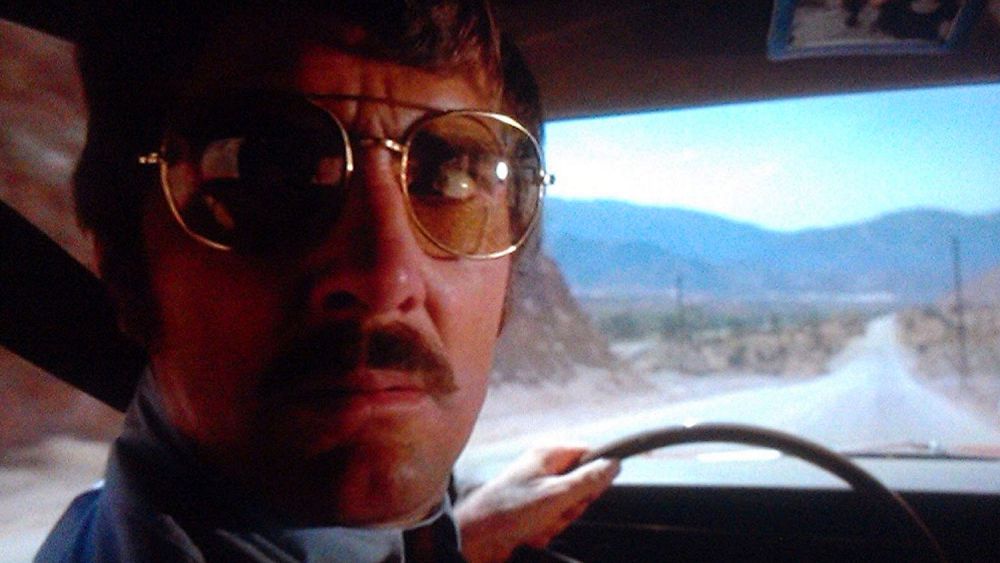
Although that’s the core idea of a car, claiming that a car is nothing more than a means of transportation will be an understatement. Too many things are connected to the car. For some, owning a car is becoming an adult, others have a close relationship with their vehicles. There are various models of cars, and our imagination starts giving cars personalities and characters based on their design.
There are some car-related fears. Starting from the most common fear of being run over by some reckless driver to being jealous because your boyfriend seemingly cares more about the car than about you. There are two actual phobias connected to cars: vehophobia and amaxophobia. The first one is a severe fear of driving, while the second one is the fear of being in any vehicle, regardless of whether you are driving it or being just a passenger.
Hey, but where does the fear of cars come from? Well, according to the World Health Organization, over one million people die in traffic accidents annually, so the reasons for the fear are quite legitimate. Basically, a car is like a kitchen knife, it can serve a purpose, but it can kill as well. The only difference is that people rarely have as much affection for kitchen knives as they do for cars.
The complex relationship people have with cars surely became one of the favorite subjects of literature and cinema. And cars do have a special place in the horror genre. Sometimes there’s a killer behind the wheel, sometimes the car is evil on its own. And sometimes the horror comes from the relationship a character has with their vehicle. So, without further ado let’s dive into films of fear and obsession with cars.
1. Duel (1971)
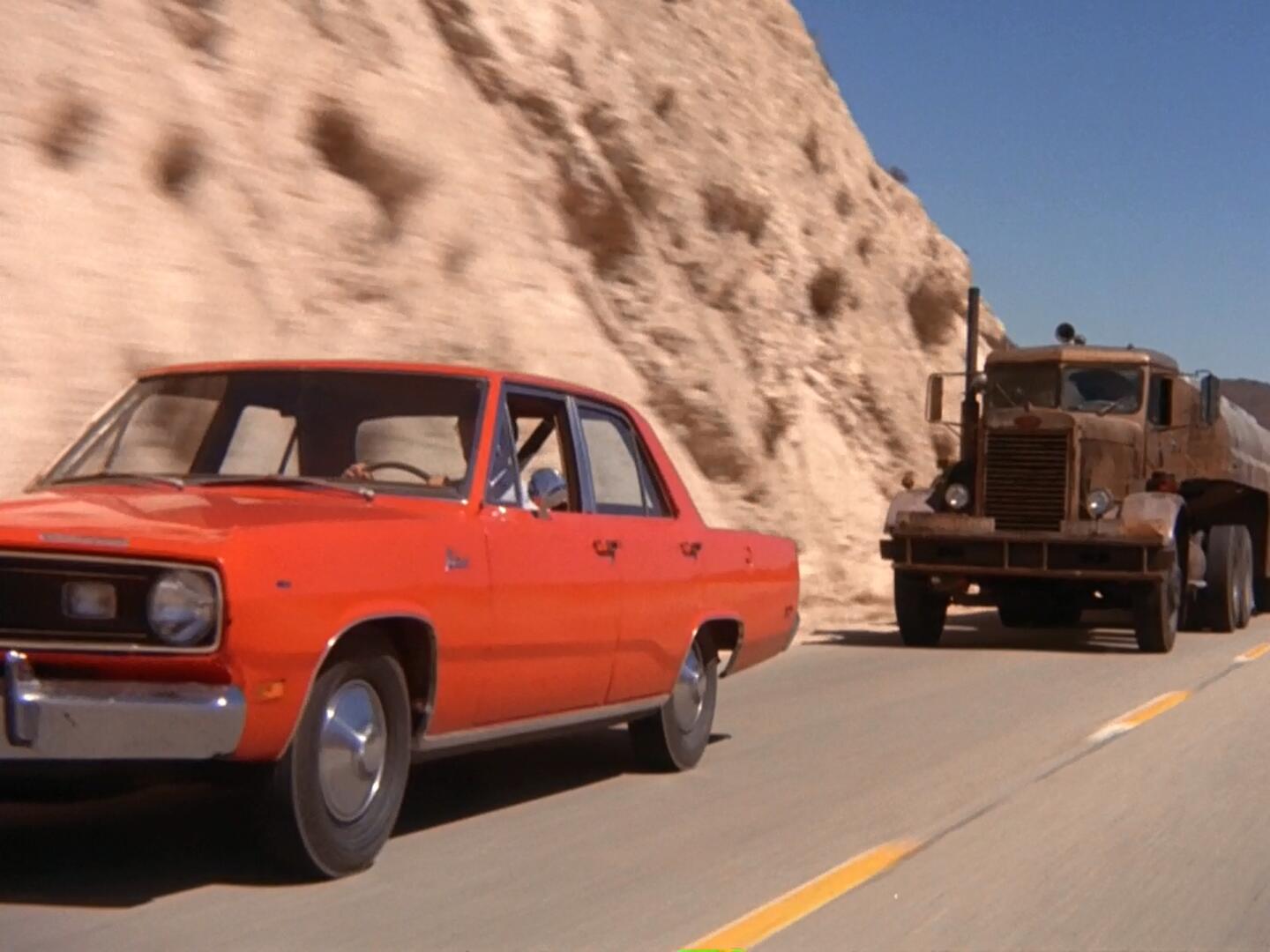
“Duel” can be considered the first killer car movie ever. The film focuses on the business commuter on his way to a client being terrorized by the semi-truck. There are several times in the movie, when the main character’s life is in danger, until the final stand. As there’s no reason behind the actions of the semi-truck’s driver, the movie introduces the horror of absurdity.
Richard Matheson adapted his short story into a screenplay for this simple, but an effective thriller. Steven Spielberg creates a perfect atmosphere of terror, which several years later he will repeat in “Jaws”. The made-for-television movie was so well-reviewed by critics and popular with the TV audience on its original release in the US that Universal Pictures gave it an international theatrical release.
You can find homages to “Duel” in films like “Joy Ride” and “Jeepers Creepers”, both released in 2001 when Spielberg’s cult classic was celebrating its thirtieth anniversary. All in all, “Duel” paved the way and created the tropes for killer car movies. Yes, there’s a driver behind the wheel of the semi-truck, but upon Matheson’s request, the driver is never fully seen in the movie, except for his arms and boots in several scenes, which creates fear of the unknown.
The movie also brings the car = masculinity concept. The business commuter David Mann, brilliantly played by Dennis Weaver, has this sense of harmlessness and, if you want, emasculation to him. He’s like a guy a bully would pick on. Aside from that, he’s driving a 1970 red Plymouth Valiant, which looks minuscule in comparison with the rust-covered Peterbilt 281. Till the end of the “Duel”, it feels that Mann is doomed, until he gets tough enough.
2. The Car (1977)
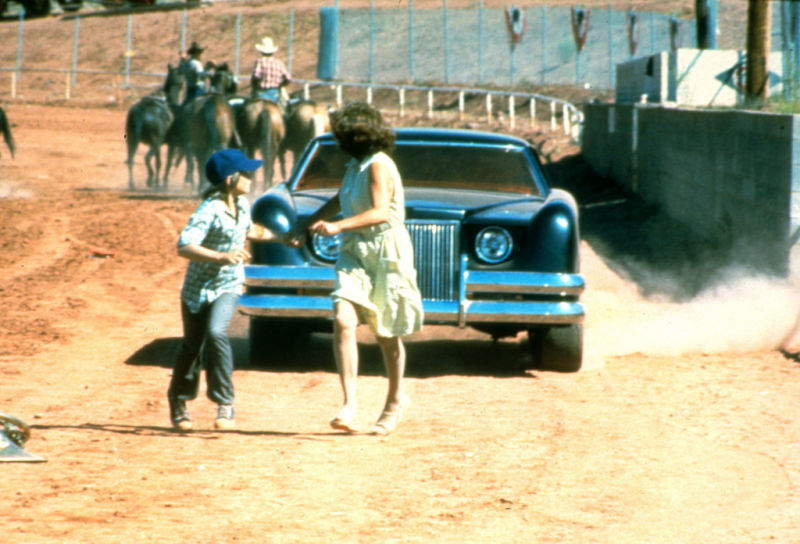
The black car that resembles Lincoln Continental Mark III starts terrorizing a small town. First, it kills two cyclists, then a hitchhiker, then a Sheriff. The widely-forgotten Elliot Silverstein’s “The Car” continues exploring the concept of the horror of absurdity. However, you may claim that there’s a reason, as behind the wheel of the murderous car is Satan himself.
The movie has a stellar cast, which includes James Brolin, Ronny Cox, and John Marley. The score by Leonard Rosenman uses the orchestrated version of Dies Irae, which is frequently used in horror films. Finally, Anton LaVey, the leader of the Church of Satan, is listed as the technical advisor. Considering all that, you may start wondering why the movie has faded into obscurity, except for random airing on TV. Well, there are several explanations for that.
Firstly, if “Duel” was pre-“Jaws”, “The Car” was a full “Jaws” on the wheels, and the Satan–behind-the-wheel-concept doesn’t help here. Secondly, the cool score and great scenes can’t make up for an awful dialogue. But, the movie is not bad. If you want a mindless genre action on the wheels, “The Car” is the go-to film.
3. The Cars That Ate Paris (1974)
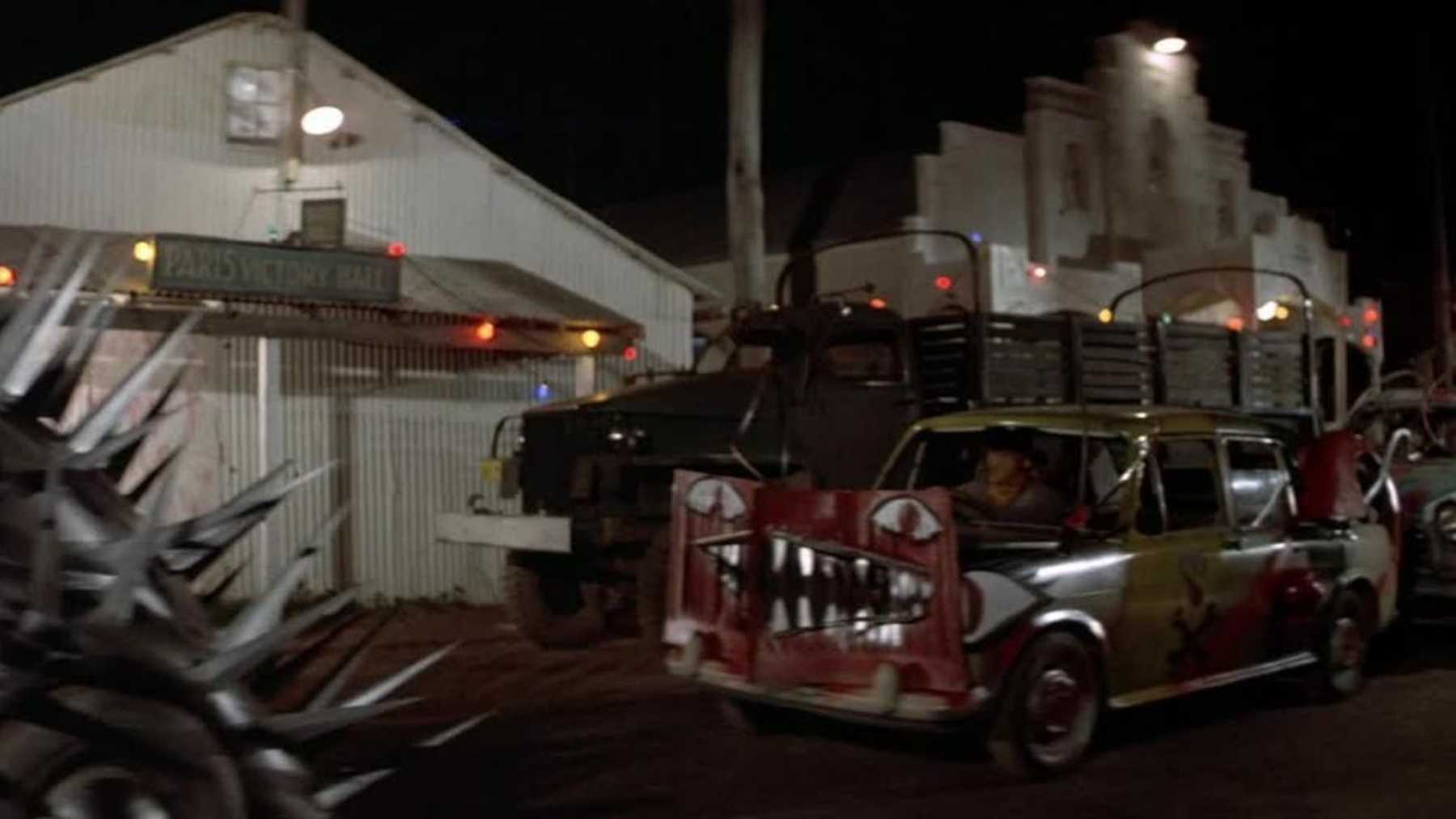
Five years before “Mad Max” showed the world the Australian obsession with cars and dystopia, the concept was first executed in the little Australian picture “The Cars That Ate Paris”, the directorial debut of Peter Weir, who would later gain recognition with films like “Picnic at Hanging Rock”, “The Last Wave”, and “The Truman Show”.
The inhabitants of the rural Australian town of Paris have a very strange hobby. They arrange mostly fatal car incidents for unsuspicious motorists who pass by. They steal various goods from the deceased passengers, while the survivors are taken to the local hospital, There they are being lobotomized, and further serve for experiments.
The youngsters of the town turn the crashed vehicles into strange-looking cars designed for destruction. The town continues its “peaceful” life until one of the survivors is made a parking inspector. He witnesses the hidden feud between the rebellious youngsters and conservative elders, which culminates in disaster.
“The Cars That Ate Paris” offers a certain dichotomy in the attitude toward vehicles, the elders see them as means of transportation, while youngsters see them as toys to be passionate about. The film utilizes the same tactic of not showing who’s behind the wheel as “Duel” and “The Car”, which makes the upgraded cars into stars on their own — bizarre monsters.
4. Taxi Driver (1976)

Travis Bickle suffers from chronic insomnia. To cope with it, he takes the job of a night shift taxi driver. He drives through the night streets of New York City, witnessing the nightlife. Pimps, prostitutes, and mentally unstable husbands who want to spy on their wives. Travis either observes them through the window or they end up in the backseat of his taxi.
He thinks that the streets of New York are full of filth, and they need to be cleaned up. The increasing paranoia and loneliness cause strange transformations in Travis and lead to tragic events.
Martin Scorsese’s “Taxi Driver” is no killer behind-the-wheel movie in terms that Travis, brilliantly portrayed by Robert DeNiro, is not trying to run anyone over with his taxi. But that’s the driving behind the wheel that feeds his madness and makes him finally snap. The film has a wonderful ending that, depending on what you believe, can turn “Taxi Driver” either into social commentary or into a simple story of a troubled unreliable narrator.
5. The Hitcher (1986)
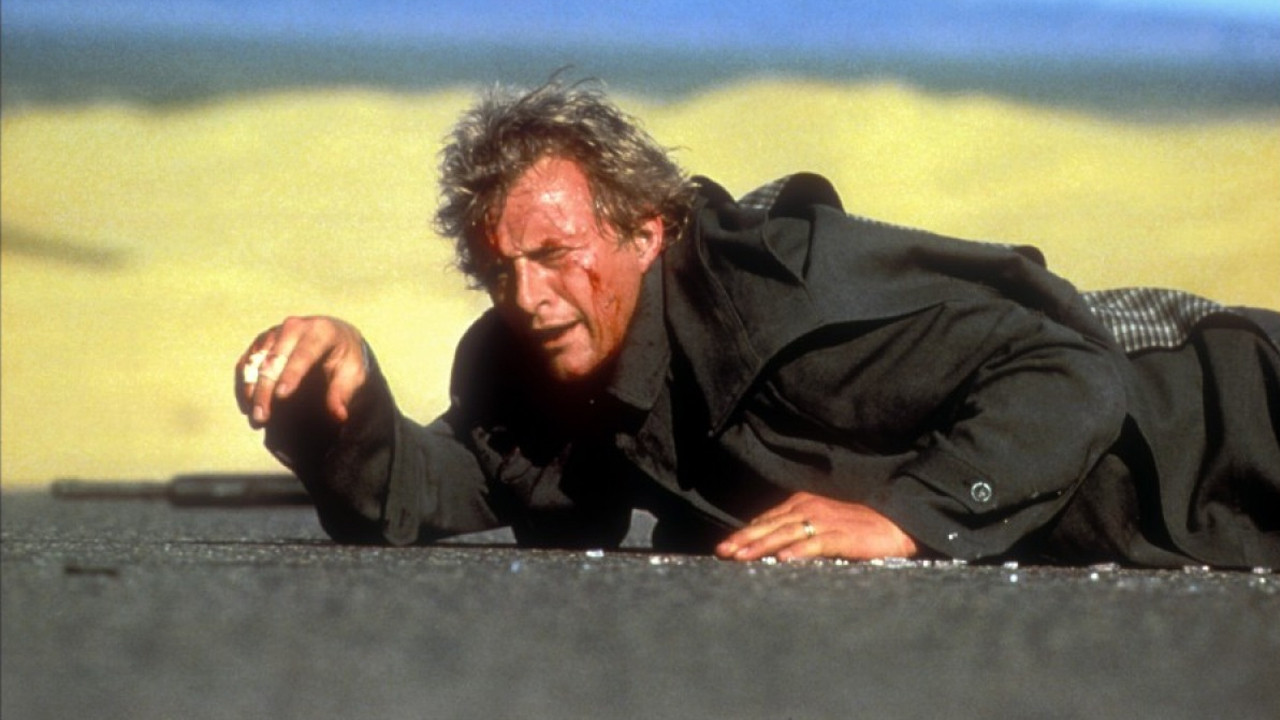
When it comes to cars, the danger doesn’t always come from someone who’s behind the wheel. You can be an absolutely innocent person, driving your car. And just because you’re a compassionate person, you decide to pick the hitcher stranded by the rain in the middle of a deserted road. Unfortunately, the hitcher may turn out a madman straight out of hell, who seeks nothing but the complete eradication of innocence.
That’s the basic premise of “The Hitcher”, a road thriller directed by Robert Harmon. Eric Red wrote the screenplay, being inspired by the line from The Doors’ song “Riders on the Storm”. The film follows an innocent and unsuspicious Jim Halsey, played by C. Thomas Howell, who picks a hitcher, played by Rutger Hauer, who calls himself John Ryder. Within minutes of them riding together, Ryder states that he’s going to kill Jim, and wants the latter to stop him. After that, the viewers are exposed to an actual hell ride on the screen.
Despite the basic premise, “The Hitcher” is probably one of the most brutal films released in the 1980s. The clever script is emphasized by great direction, perfect acting, and wonderful cinematography. Till the very end, you wonder who’s going to win this cat and mouse game on the highway.